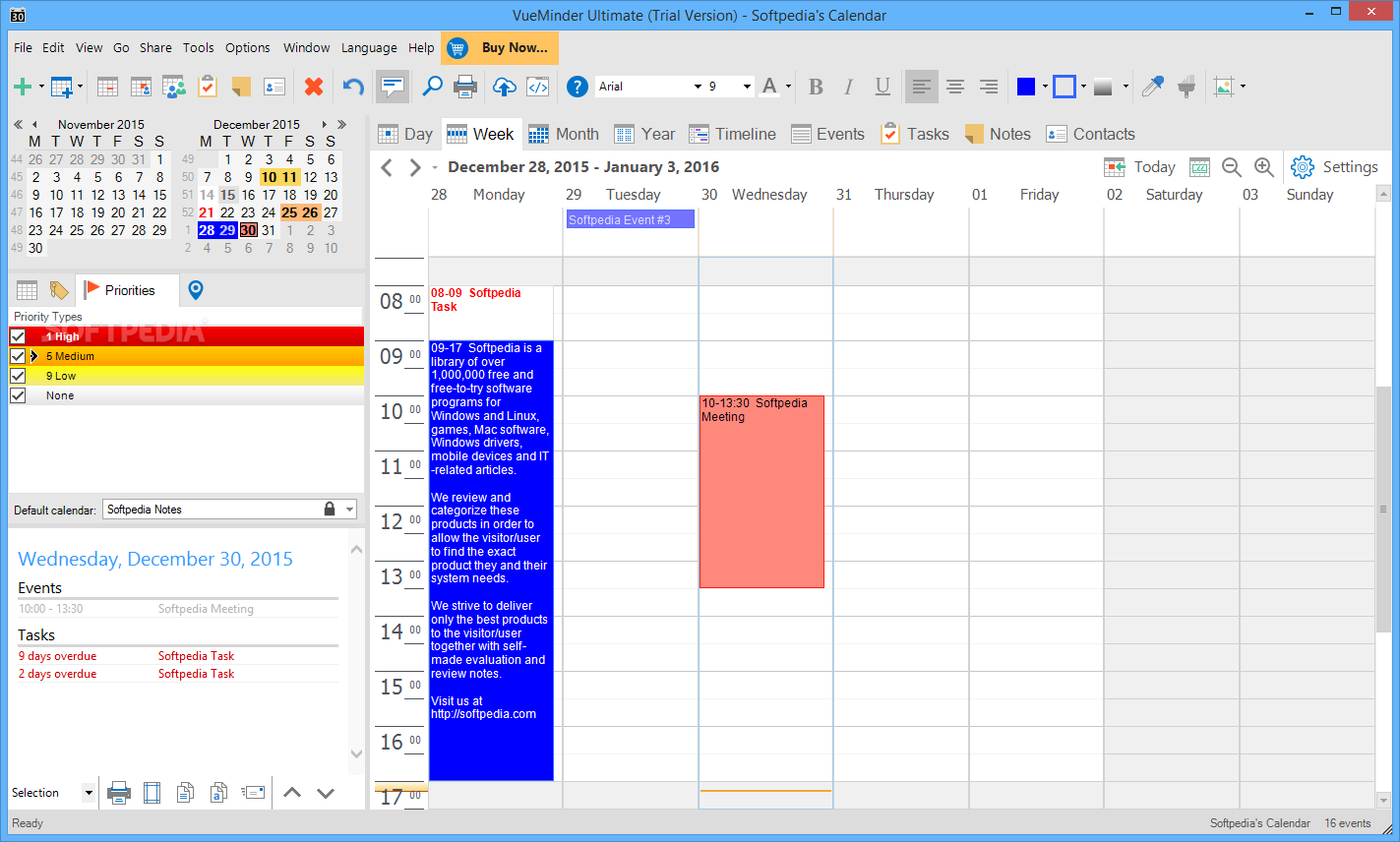
Then of course, there's good old fashioned horse sense and pattern recognition from the human! That's the most important part.Multiboot quests, conundrums based on Grub4Dos and contains a full set of bits and recovery utilities for the system administrator. I tend to change what models I put more trust in over om 14 days out to 7 days out to 3 days out to the night before, etc. That's why longer range forecasts are less accurate than short-range ones. You need good info in to start the model, because anything that's inaccurate to start snowballs over time and errors increase. What makes models work is a good set of initial conditions. They use a smaller resolution so they can often handle the fine details better. Once we get closer we may use more high-res models to fine tune a forecast.

They can sniff things out, even if the details of exact track, snow amounts, etc are still fuzzy. Typically, when we are days away from a possible storm, we use 'global' models, especially ensembles of those models, that are better with large scale synoptic weather. Great question - I personally dislike showing model output on air because I feel it's our job to use the tools to forecast, then share it with you! If we post a bunch of different models it's just confusing to viewers and bottom line our job is to give you good, actionable information. Hoping it is just early March, and that it will start to release its grasp as La Nina winds down and the days get longer. I do think that the internet has created an echo chamber that makes 'typical' weather seem worse than it is.Įarly spring is looking tough right now.as a colder pattern may linger into early March. So that changes the game compared to years ago. Last thing I do before bed and first thing when I get up. I am on Twitter about 18 hours a day it seems. Social media is definitely a round the clock job.

Those are the ones we really try to flag and warn people about. For instance, an arctic front bringing blinding snow squalls during a morning or evening commute arguably can be much more dangerous and have a higher impact than a big nor'easter. To your second question.I think the worst, highest-impact events are A) ice and B) ones that are fast moving but potent. It actually makes it harder to get the forecast to the consumer than in the past.which is ironic. They're seeing memes and fake forecasts on FB getting passed around, there are a ton of different TV stations now, tons of online media. I feel like this makes things very difficult when it comes to people making decisions on what to do.


Though the tricky thing now, even with better forecasting and tracking tools.is that there is too much information (and misinformation) out there.


 0 kommentar(er)
0 kommentar(er)
